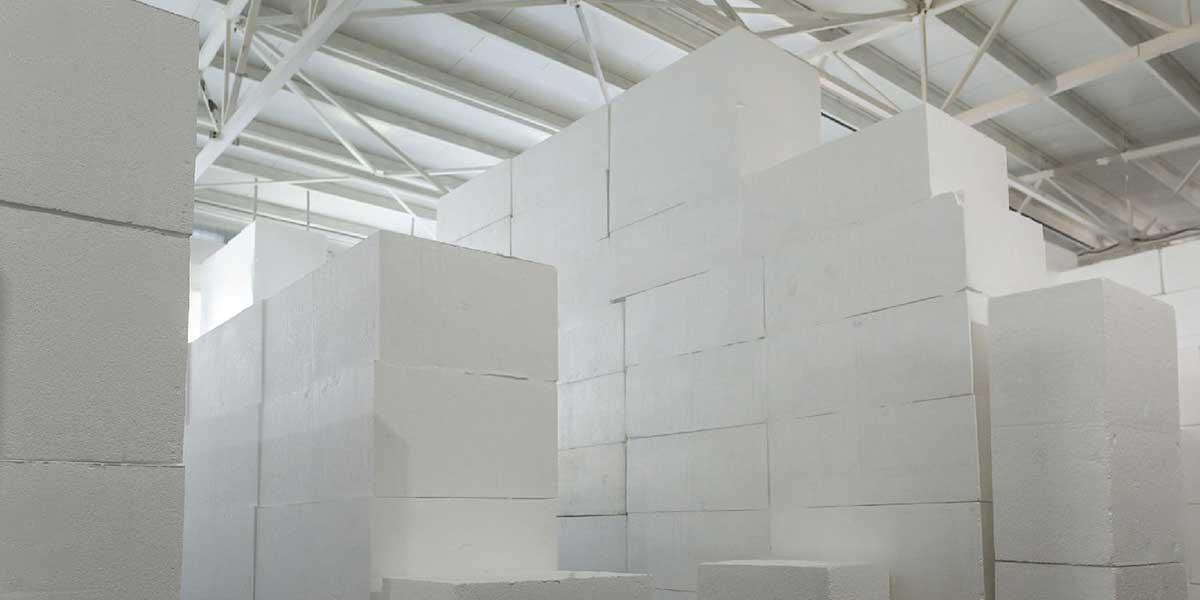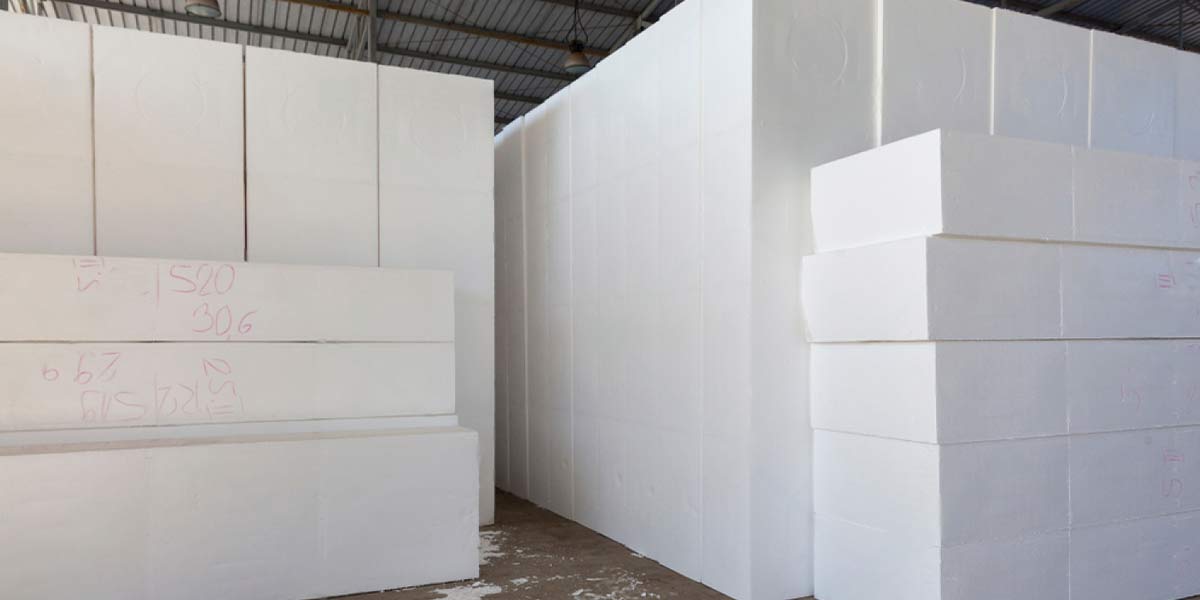What Is Geofoam?
Geofoam is a lightweight fill material made primarily from expanded polystyrene (EPS) or extruded polystyrene (XPS). Despite its low density, it offers excellent load-bearing capacity, making it a reliable solution in many geotechnical and structural applications.
Where Is Geofoam Used?
Geofoam is used across a wide range of construction and infrastructure projects, including:
-
Road and railway embankments, especially over weak soils
-
Bridge abutments, to reduce lateral earth pressure and settlement
-
Behind retaining walls, to minimize earth load
-
Sloped terrains, as a lightweight stabilization solution
-
Building foundations, to reduce structural loads
-
Landscaping and architectural designs, for shaping and volume control

1. Project Planning and Design Phase
Before any geofoam installation begins, a thorough planning and design process is essential:
-
Site conditions and soil characteristics are assessed.
-
The appropriate type of geofoam, including density and compressive strength, is selected.
-
Installation methods and layout plans are developed.
-
Logistics for storage, transport, and safety are organized.
-
Topographic measurements and leveling of the site are conducted.
Proper planning ensures a smooth and safe application that meets project goals.
2. Material Preparation and Site Readiness
Prior to installation, the following preparations are made:
-
EPS blocks are manufactured in accordance with project specifications.
-
Each block is quality-checked and securely packaged for transport.
-
A suitable storage area is arranged to protect materials from moisture and sunlight.
-
Ground preparation is completed, including drainage installation and leveling.
-
Infrastructure elements like geotextiles or base layers are applied if needed.
This stage ensures the site is fully prepared to receive the geofoam layers.
3. Installation of Geofoam Blocks
Once the site is ready, the installation begins as follows:
-
Blocks are positioned based on the layout and design plans.
-
Gaps between blocks are minimized to improve structural integrity; adhesives or ties may be used.
-
On-site trimming is done using hot wire cutters or specialized saws to match precise dimensions.
-
Symmetrical and layered placement ensures even load distribution.
-
Custom shapes and slopes are achieved by field cutting where necessary.
Correct block placement is vital to ensure long-term performance and stability.

4. Final Layer Construction
After the geofoam blocks are placed, the upper construction layers are added:
-
A geotextile membrane may be installed to help distribute load and protect the foam.
-
Concrete, asphalt, or paving systems are applied as per project needs.
-
Landscaping elements or architectural features can also be added at this stage.
-
Weather protection measures are implemented to prevent damage during construction.
Attention to detail in this phase ensures both functional and aesthetic success.
5. Quality Control and Final Inspection
Upon completion of the installation, several checks are performed:
-
Alignment and block positioning are reviewed.
-
Load distribution and stability are tested.
-
Weatherproofing and drainage effectiveness are assessed.
-
Final inspections and compliance reviews are conducted before project handover.
When installed correctly, geofoam can offer decades of maintenance-free performance.
Geofoam offers an innovative solution for modern construction challenges by reducing structural loads, shortening build time, and improving long-term performance. Its versatility, ease of installation, and durability make it a preferred material for infrastructure and geotechnical projects.
If you’re working on a site with weak soils or tight construction timelines, geofoam may be the ideal choice to ensure success.


